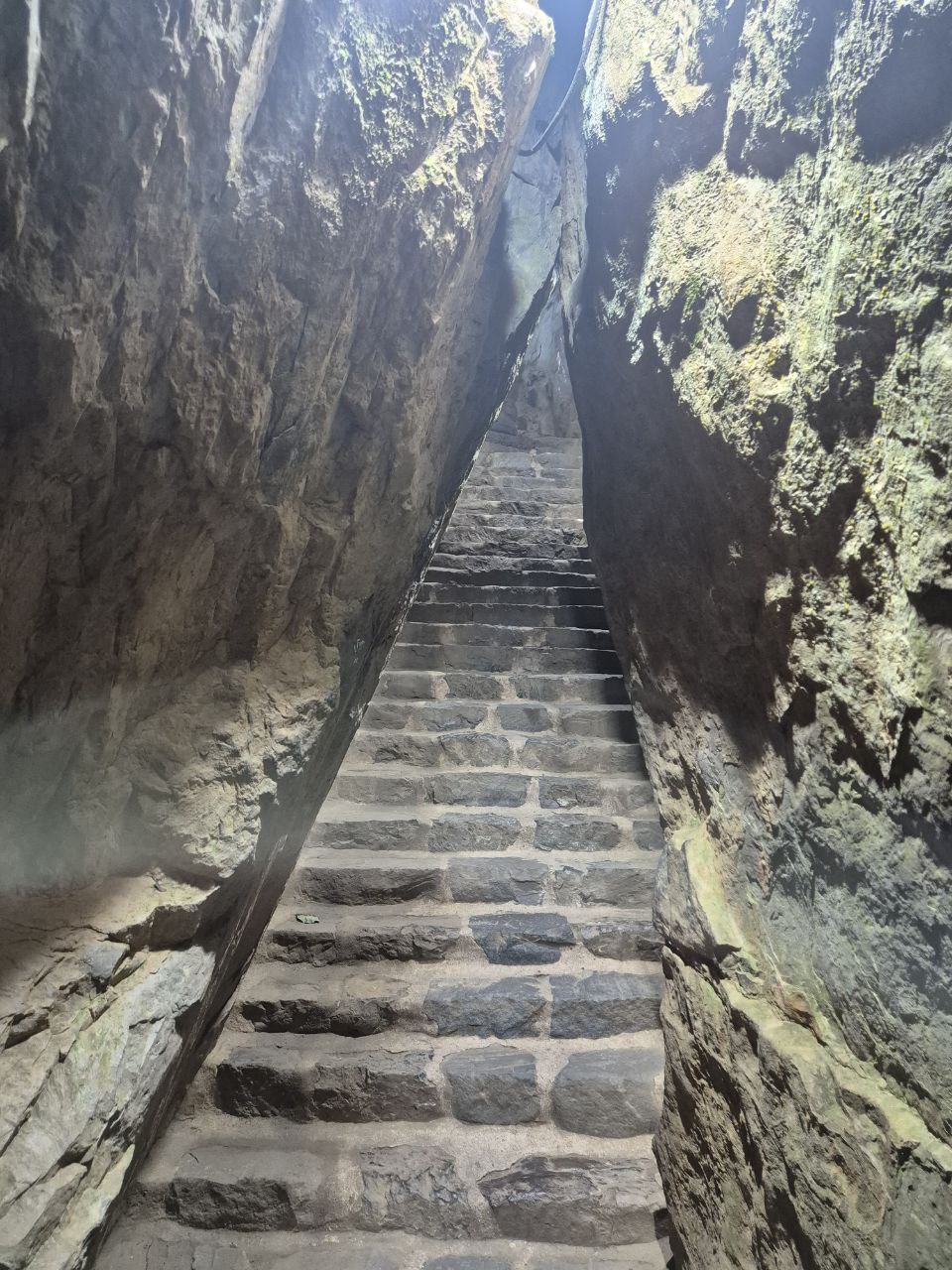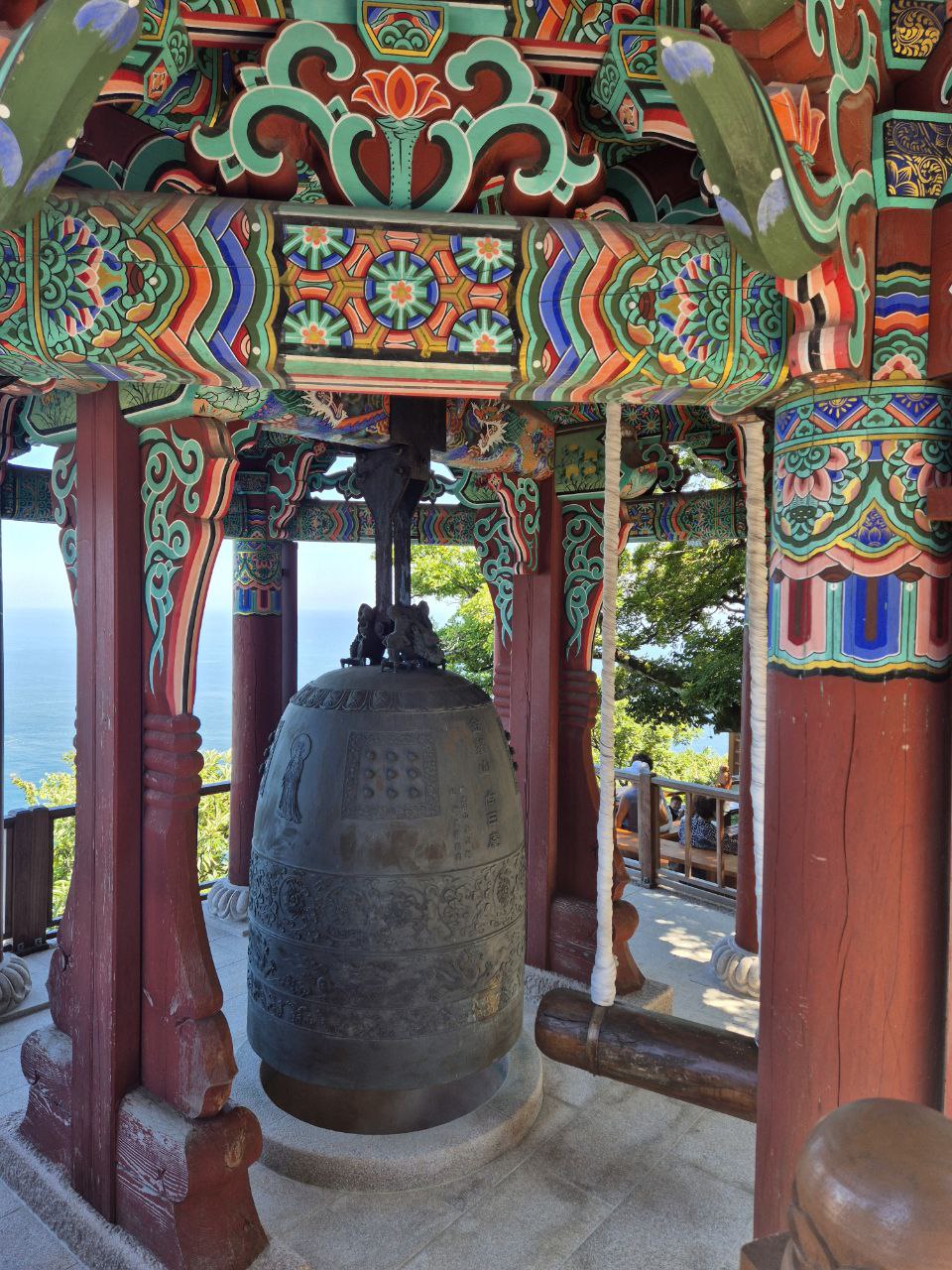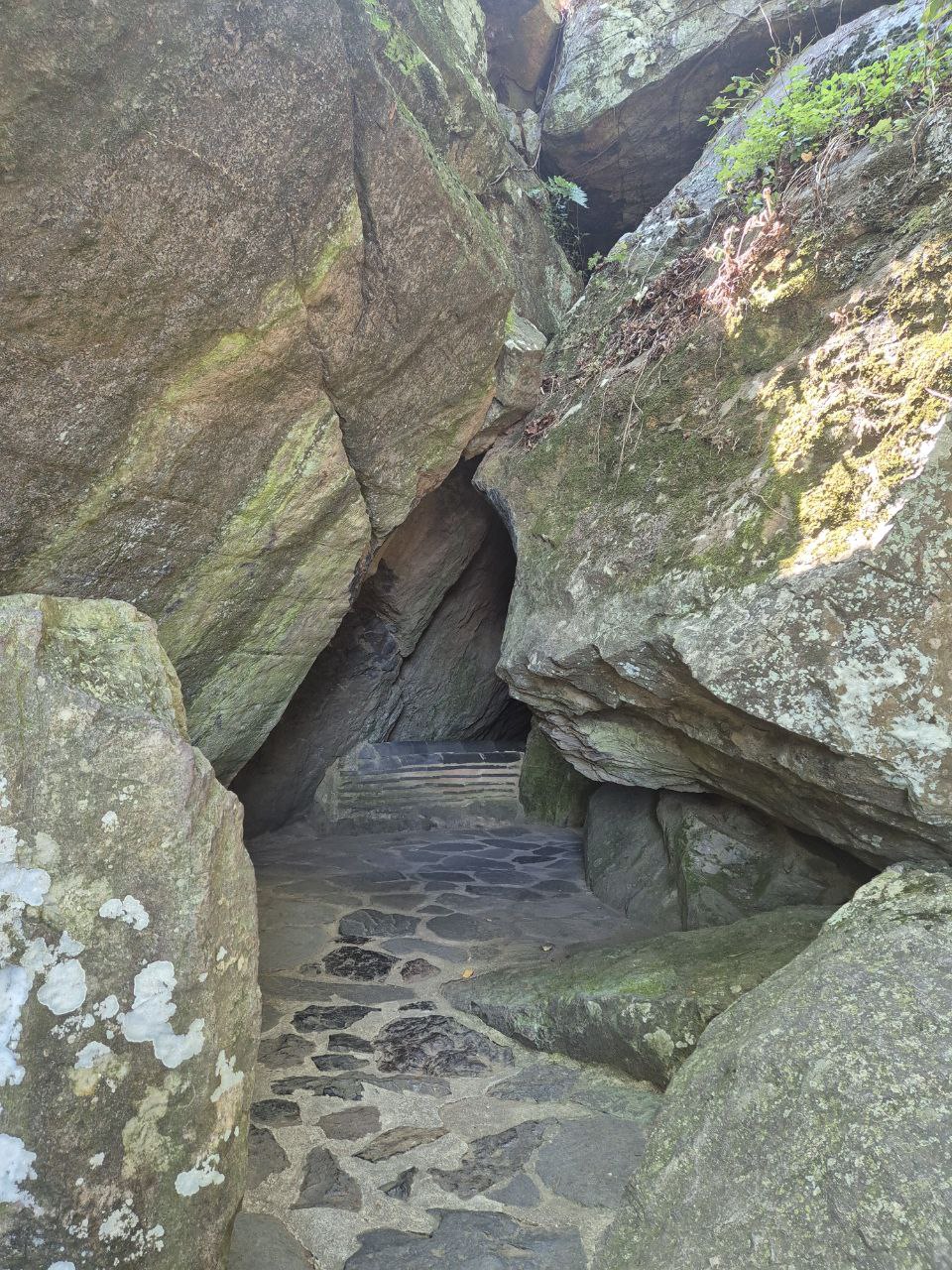[Series] 2.Hyangiram
- mellinegalani
- Jun 6
- 4 min read
Korea is home to four hermitages dedicated to the Buddhist Goddess of Mercy, with Hyangiram being arguably the most famous. While the temple complex includes several halls and pavilions worth exploring, what truly sets Hyangiram Hermitage apart is its breathtaking natural setting. Located in the farthest corner of Yeosu's Dolsan-do Island, this small temple is probably the most important attraction in the area and is a very popular spot for admiring the sunrises (especially on the first day of the year) and sunsets.
This is my second article about Top 5 temples in Korea according to my taste.
The temple was originally named Wontongam and was established by monk Wonhyo during the 13th year of Queen Seondeok's reign (644 A.D.) in the Baekje Dynasty. It was renamed Geumoam Hermitage in 958.A.D.by Monk Yunpil during the Goryeo Dynasty, and it was a base camp for Buddhist monks who helped Admiral Yi Sun-sin (이순신) in his naval battles against the Japanese fleet during the Imjin War (1592-1598).During the Joseon Dynasty, in 1715, the hermitage was rebuilt after being destroyed during the war, by the monk Inmuk-daesa and was renamed Hyangiram Hermitage.
Hyangil-am, which literally means “facing the sun,” is not a very big temple hermitages ever have. There are seven cave passages at Hyangiram, and as the saying goes, if you pass through all of them, your wish will come true. The temple complex has a few halls and pavilions to explore, but the unique beauty of Hyangiram Hermitage comes from its stunning natural environment.
What I like most about this small temple is not only the stunning view from above but also the mountain path that leads to the temple. It takes about thirty minutes to get to the temple at a slow pace. The road narrows through high rocks, and the combined smells of the sea, wood, and earth offer an incredible experience for those passionate about nature and mountain climbing. If you set your mind free from any thoughts while advancing slowly through the rocks, you will feel the sacredness of this place. You will have to ascend steep stone staircases and wind through narrow pathways under huge slabs of rock to reach Hyangiram. The trail features several stone passages carved into the rock, with Haetalmun being the most renowned. Noted for its extreme narrowness, Haetalmun symbolizes the need to let go of greed and desire
There's simply no room to carry excess through such a tight space. This idea is reflected in its name, which means "liberation gate. "According to local belief, passing through all seven stone passages at Hyangiram Hermitage will grant you a wish and once you reach the temple, an incredible view will repay you for the effort it took to get there. The blue, infinite sea, the mountain backdrop, and the sound of Buddhist prayers all create a magical experience.
The Buddhist shrine at the top is simple, nothing spectacular if you have already seen one of Korea's grand temples, such as those in Gyeongju. Nevertheless, this hermitage provides a quiet retreat from the city and a view that will take your breath away. There are several resting points on the trail, the first being an area with statues and next a small cafe, followed by the temple itself and, a little bit closer to the top, a great spot for meditation.
Scattered throughout Hyangiram Hermitage are numerous turtle statues, a symbol closely tied to the temple. This symbolism comes from its location atop Geumosan Mountain where "Geumosan" translates to "large golden turtle. "The mountain earned its name both from the turtle shell like texture of its rocks and from the belief that the island resembles a giant turtle carrying a Buddhist scripture on its back.
There are two trails that one can take to reach the hermitage. The quicker trail (and the most beautiful, in my opinion) has an endless array of stairs. The other trail is a gradual ascent along a dirt path (I returned to the village on this trail).In August, when the heat and humidity are at their peak, each step can be challenging but still worth climbing. Once the stairs end, the trail becomes much easier, and you will come upon the Buddhist interpretation of the "three wise monkeys" in the form of three statues of Buddha with the message "speak no evil, see no evil, hear no evil. "The challenge of this hike is to pass through a narrow crevice between enormous rocks. The crevice opens into another hidden passageway of stairs that finally leads to Hyangiram.The temple complex has multiple prayer halls nestled in different areas of the rocky mountain. There is another pair of stairs that leads to a smaller prayer hall.The last section of hidden stairs opens onto the highest point of the temple.Another prayer hall is located there with many statues around it.
At the end of her two week holiday in Korea, I asked my mother to choose the place she had liked most, and it was Hyangiram. It may be yours, too.
Photographs by Melline Galani















Love it!
좋아요